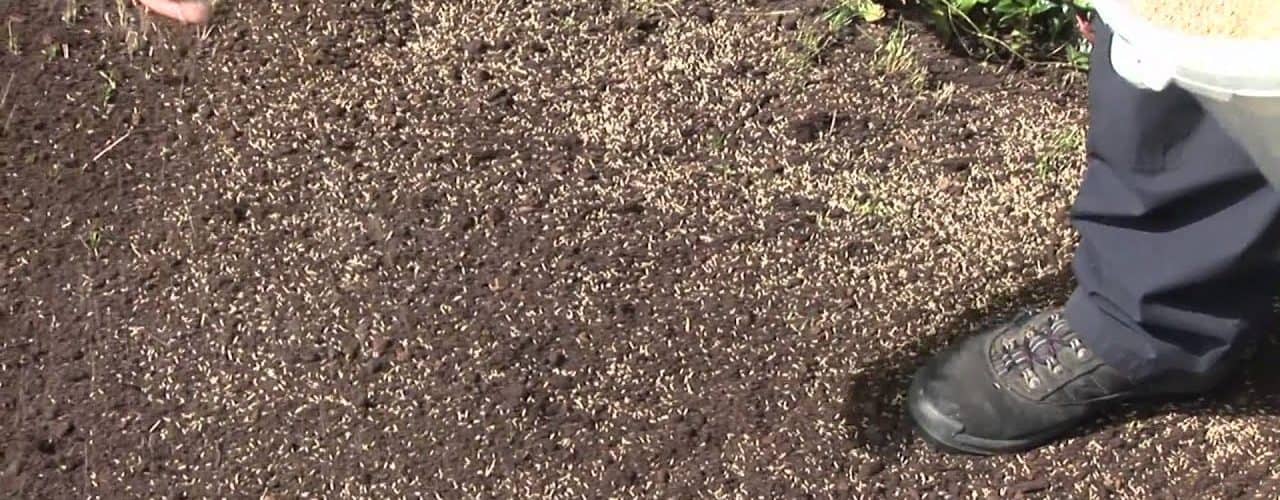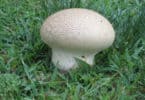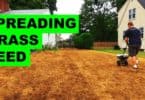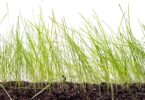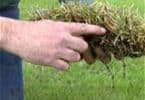The above reasons also make it difficult for new seeds to compete with others for water, light and nutrients. If you are planning to seed your lawn due to bare patches that are unsightly and present in your lawn, this is the guide you will need to refer to. This project will require that you have access to water, a sprinkler, a rake, grass seed and a broad leaf herbicide.
- Make sure that it is the right time of year for you to be planting your fresh seeds. You will not have a successful endeavor with your lawn if your timing is all wrong for the kind of seeds that you intend to plant, regardless of how much you prepare the soil on your lawn. Kentucky bluegrass, fescue and other similar kinds of grasses for cool seasons are best planted in the early fall and the early spring, which is when the temperatures are lower. You will want to plant Bermuda, St. Augustine and similar kinds of grasses for warm seasons in the summertime, when the temperature is higher.
- Before you overseed your lawn, you will want to make good use of a broad leaf herbicide. This will allow your weeds to die before you get started. After all, the last thing you want is for your weeds to compete with your seedlings in the grass, especially since it will be impossible to treat them until you see your newly planted grass has been established.
- One other thing you must do before taking the grass seeds to your lawn, you will want to mow the grass that is already there. Make sure to use the lowest setting that is available on your lawnmower. Make sure to fully and thoroughly remove any debris, thatch and clippings of grass from your mowing. Get a rake from the shed and use it to soften the dirt present in the bare patches on your lawn. Alternatively, use a hoe.
- Now you can sprinkle the seeds for the grass across the lawn, making sure you put plenty in the large patches of bare emptiness. You should not let them lay in piles of each other, but you should make sure it thoroughly covers the whole of the ground so that there will no longer be any patches of bare dirt. Make sure your seeds are well covered either by raking the dirt over the freshly planted seeds or by simply sprinkling some dirt over them manually.
- Make sure to constantly water the grass, ensuring that your seeds are always kept moist. They must remain moist until they finally germinate and even for a few weeks after this occurs. Do not water too much, however. You should only need to water lightly, such that you soak only the first couple of inches of the soil. This may require that you water multiple times in a day. Once two weeks have gone by, you can likely lengthen the wait time in between each spray, watering every other day instead. Keep doing this until you see your grass established from your recently planted seeds.
<>

